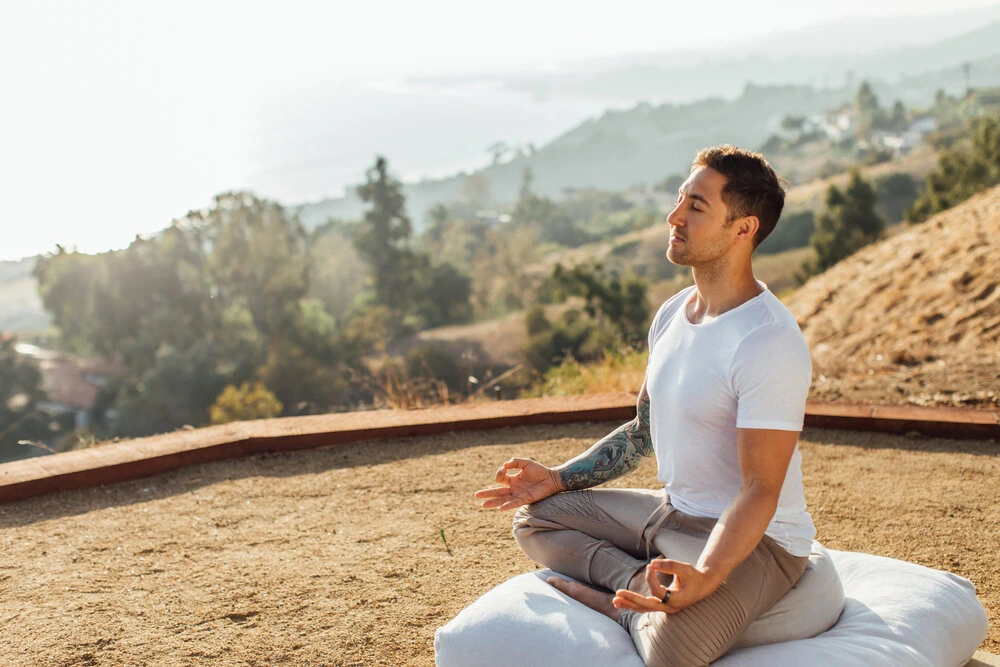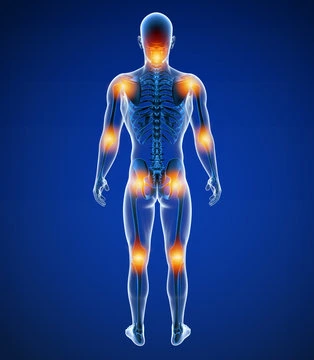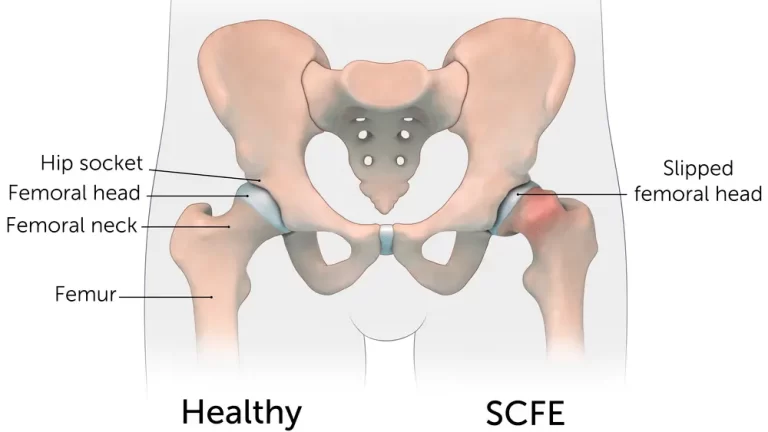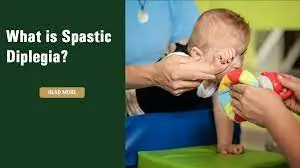Polyarthritis
What is Polyarthritis?
Polyarthritis is present when four or more junctions in the body become acheful and inflamed. The condition is also called polyarthralgia, which means “many junctions pains.”
Types of polyarthritis
Polyarticular JIA
- When polyarthritis presents in the young population, from an early age to late teenagers, it is divided into juvenile idiopathic arthritis or JIA.
- It can cause very acheful swelling in the small and large junctions from ankles joints, wrists joints, and hands to hips and knees. It may even do in the neck and jaw areas.
- Doctors do not always know what causes juvenile idiopathic arthritis (JIA). In many cases, it is a problem that can improve over time and with good treatment.
Lupus
- As well as affecting a person’s junctions, this form of polyarthritis subsequently impacts the skin, kidneys, and central nervous system.
Psoriatic arthritis
- Psoriatic arthritis, as its name suggests, can be present in humans who has the skin condition psoriasis. Sometimes, first arthritis develops.
- Symptoms that appear can be scaly, red rash, and the toes and fingers swelling into a “sausage shape” on one side of the body only.
What causes polyarthritis?
There are many different causes of polyarthritis, involve :
- cancer
- Still’s disease
- gout
- sarcoidosis
- Whipple’s disease
- lupus
- rheumatoid arthritis (RA)
- chikungunya
- Ross River virus
- parvovirus
Symptoms
Symptoms involve:
- ache
- stiffness
- swelling or redness in the harmed area
- a rash
- tiredness (weakness) or a lack of energy
- a very high temperature of 100.4 ºF (38 ºC) or above
- sweating
- lack of appetite or decrease
- unexpected weight loss
What are the risk factors?
The risk factors for polyarthritis are of two types: those that can be changed and those that cannot.
Factors that can be changed involve:
- Lifestyle: alcohol consumption, smoking, and caffeine intake can make someone more open to developing polyarthritis.
- Early life experience: If a child is exposed to factors, like having parents who smoke ( passive smokers), it may increase their risk of developing polyarthritis later in life.
Factors that cannot be changed involve:
- Age: Humans become more prone to developing polyarthritis as they age.
- Gender: The rate of diagnosis of recent cases is higher in females than males.
- Inheritance: Specific genes can make humans more likely to develop polyarthritis.
Associated conditions
Polyarthritis is not a special condition, and people with it may present to their physician, initially, with something else of concern. For example, early polyarthritis may cause patients to feel very tired or have flu-like symptoms.
There are some conditions that can accompany polyarthritis or be a sign that there is another trouble. These involve:
- Dupuytren’s contracture: When the connective tissue in the hand contracts to become tighter, any one of the human fingers may curl into the palm.
- Fibromyalgia: This condition affects the whole body, causing aches and fatigue in numerous areas, involving the muscles.
- Hemochromatosis: If the body stores too much iron rather than utilizing it, the buildup can lead to polyarthritis evolving.
- Inflammatory bowel disease: Inflammatory bowel diseases (IBD), such as ulcerative colitis and Crohn’s disease, causes inflammation in a person’s small intestine and colon.
- Raynaud’s disease: This condition is labeled by poor blood circulation in the hands and feet. Fingers can occasionally go white at the ends, or very red or purple.
How is polyarthritis diagnosed?
See your physician if you think you have junction pain and swelling. Physicians or doctors typically describe junction symptoms as polyarthritis if a person has arthritis symptoms in at least five junctions.
Your doctor or physician will ask questions about your medical record and perform a physical examination. They may also order blood tests, X-rays, or an ultrasound of the junctions.
Your doctor will look for inflamed junctions, tenderness, and swelling. They will also look for symmetric patterns or asymmetric patterns of aches. Symmetric ache is when arthritis symptoms evolve on both sides of the body. For example, people with Rheumatoid arthritis (RA) often experience symptoms in both hands. People with psoriatic arthritis subsequently experience asymmetrical symptoms so they may have symptoms in one knee joint, for example.
Your doctor or physician will also look for:
- rashes
- skin nodules
- sore throat (pharyngitis)
- lymph node swelling
- swelling in lower extremities
How is polyarthritis treated?
Medication
Treatment for polyarthritis includes managing symptoms and decreasing inflammation. Your doctor may recommend the following drugs to decrease aches:
- Nonsteroidal anti-inflammatory drugs: Commonly referred to as NSAIDs, these drugs decrease inflammation and relief pain by restricting enzymes and proteins that contribute to inflammation.
- Corticosteroids: These drugs decrease inflammation by suppressing the protective response. Corticosteroids are particularly helpful if you have polyarthritis as a result of an autoprotective disease.
- Hydroxychloroquine: This is a mild immune modulator medicine that depresses inflammation.
- Disease-modifying antirheumatic drugs: Abbreviated as DMARDs, these medicines also suppress the protective system. DMARDs would be used to treat rheumatoid arthritis ( RA ) is often diagnosed.
- Anti-TNF drugs: These drugs suppress inflammation and would be used if DMARDs alone were not effective in treating aches from rheumatoid arthritis (RA) or Still’s disease.
Over-the-counter medications: Topical drugs can help relieve symptoms and can be purchased at your local drugstore. These involve:
- diclofenac sodium (Voltaren)
- diclofenac (Pennsaud)
- Aspercreme
- Arnica
- capsacin supplements
Physiotherapy Treatment
Walking
Walking is a low-impact form of exercise that can assist with aerobic conditioning, heart and junction health, and mood. It is essential to wear proper shoes and stay hydrated, even if walking is not fast. Walking slowly and then increasing the pace when possible is often sensible. A person may want to start a walking routine on a flat surface, even surfaces before progressing to downhill, uphill, or uneven surfaces.

Cycling
As Arthritis increases the risk of cardiovascular disorder, it is vital to keep the heart as well-conditioned as possible. Cycling can assist to improve cardiovascular function. Riding a stationary bike can be a safe way to get the junctions moving and enhance cardiovascular fitness. An advantage of a stationary bike is that a person can be observed while riding. People can also ride their bikes outdoors to get fresh air. In addition to enhancing aerobic conditioning, cycling can decrease stiffness, increase range of motion and leg strength, and build endurance.
Flowing motions, such as tai chi and yoga
May decrease arthritis pain
Assist to improve strength and balance
May decrease stress and anxiety
Low impact
Suitable for all age groups people
Pilates
Pilates is a low-impact activity that can increase flexibility for enhanced junction health. It can be helpful to do Pilates poses that activate the core muscles and emphasize motions that help with stability. Pilates can be suitable for overall motion patterns, similar to tai chi and yoga. People new to Pilates should start slowly seeking guidance from a certified trainer or doctor if possible.

Water exercises
Water assists to support body weight by minimizing gravity, which means that water exercises do not impact heavily on the junctions. Swimming, water aerobics, and other gentle water exercises can enhance the range of motion, flexibility, strength, and aerobic conditioning. They can also decrease junction stress and stiffness.
Acupuncture
Acupuncture is an old Chinese practice that uses small, thin syringes to stimulate acupuncture points on the body to promote healing. Acupuncture for back aches includes the practitioner inserting syringes into specific trigger points on the body (e.g., lower back, hip joint, back of the knee).
The syringes touching these points are believed to stimulate the central nervous system and may release chemicals that could assist to alleviate symptoms and relieve aches. Acupuncture is associated with significant, improved functional mobility, a decrease in pain intensity, and better quality of life.
Massage Therapy
Massage therapy is a therapeutic approach to ache management. A licensed massage therapist or doctor will use techniques to massage and manipulate tissues and muscles to decrease deep tension. In addition, massage therapy boosts circulation, enhances repair, and decreases inflammation in the muscles, tissues, and junctions. Massage therapy can improve range of motion and flexibility, alleviate aches, and improve emotional and mental well-being on a short-term basis. If you cannot see a massage therapist, you can use massage devices or instruments and self-massage at home.
Meditation
Mindfulness-based practices such as meditation can assist the body to relax, decreasing stress. When stress is decreased, inflammation levels and tension in the body are also reduced, which can provide relief for those living with back aches.
Research shows that meditation can help decrease acute stress and ache response in the body. In addition to the physical benefits of meditation, many people living with chronic aches find it helpful for improving their emotional and mental health.
Meditation has been proven effective at decreasing anxiety and depression and promoting deeper sleep. All of these offer benefits to people with arthritis, enhancing their overall quality of life. There are many varieties of meditation methods. Explore available media and online instructional videos to find the right meditation method for you.

Resistance Training
Adding resistance strength training to your exercise daily routine permit you to target specific muscle groups while focusing on a strong core and stability. Resistance exercises can be done with body weight, resistance bands or thera bands, or some appropriately weighted dumbbells.
Hot and cold packs
Hot packs stimulate blood flow to the injured area, soothing the ache, while cold packs decrease inflammation and swelling. In case no heat packs or ice packs are available, you can use a flannel cloth and soak it in warm or cold water.
Transcutaneous Electrical Nerve Stimulation (TENS)
It restricts your nerves from sending pain messages to the head. It uses a small electronic device or instrument that sends pulses to the nerve endings by creating a tingling sensation to soothe the ache.
Hydrotherapy
It uses water to decrease the symptoms of arthritis joints. Patients perform specific exercises in water with temperatures ranging from 33 to 36 degrees Celsius with the guidance of a licensed physiotherapist or doctor.
Use of braces or taping
If you have severe spine arthritis, we might recommend taping or using special braces to assist your junctions.
Complications
If polyarthritis is not treated or measured well, different organs and parts of the body can be severely harmed. Effects on other areas of the body involved:
- Lungs: Scarring on the lungs can cause complications, like shortness of breath and a chronic cough.
- Eyes: Waterless eyes or inflammation of the whites of the eyes.
- Skin: A rash or lumps of tissue evolving under the skin.
- Heart: The bordering around the heart can become inflamed, causing chest aches. Heart attacks and strokes may also be more probably.
- There is more likelihood of some conditions evolving if the polyarthritis has been present for a while. These involve carpal tunnel, permanent junction damage, and problems with junctions at the top of the spine.
Lifestyle and home remedies
In many cases, arthritis symptoms can be decreased with the following measures:
Weight loss. Excess weight puts extra stress on weight-bearing junctions. Losing weight may increase your mobility and limit future junction injury.
Exercise. Regular exercise can assist to keep joints flexible. Swimming and water aerobics may be good choices because the buoyancy of the water decreases stress on weight-bearing junctions.
Heat and cold. Heating pads or ice packs may help to decrease arthritis pain.
Assistive devices. Using raised toilet seats, shoe inserts, walkers, canes, and other assistive devices or instruments can assist to protect junctions and improve your ability to perform daily tasks.
FAQ
What infection causes polyarthritis?
Bacterial infection with Staphylococcus aureus (staph) is the most general cause. Staph generally lives on even healthy skin. Septic arthritis can
develop when an infection, such as a skin infection or urinary tract infection, spreads through your bloodstream to a junction.
Can polyarthritis be cured?
There is no cure for arthritis. But it’s important to help keep junctions working by decreasing pain and inflammation. Work on a treatment plan with your
healthcare provider that includes drugs and therapy. Work on lifestyle changes that can better your quality of life.
Is polyarthritis life-threatening?
Arthritis by itself is not fatal, but research has shown that the complications that may arise in more severe cases can shorten lifespan by six to seven
years. There are many ways to decrease your risk of complications from arthritis.
Is polyarthritis contagious?
Poliovirus is truly contagious and spreads through person-to-person connections. It lives in an infected human’s throat and intestines. It can contaminate
food and water in unsanitary conditions.
Is polyarthritis migratory?
Migratory polyarthritis is a general symptom encountered by primary care physicians. The differential diagnosis is broad and involves crystal-induced arthropathy, infectious causes, vasculitic syndromes, rheumatoid arthritis, connective tissue disorders, and spondyloarthritis






